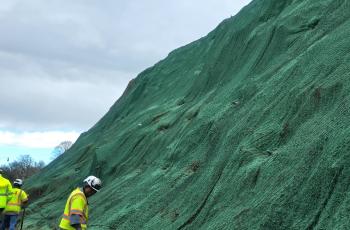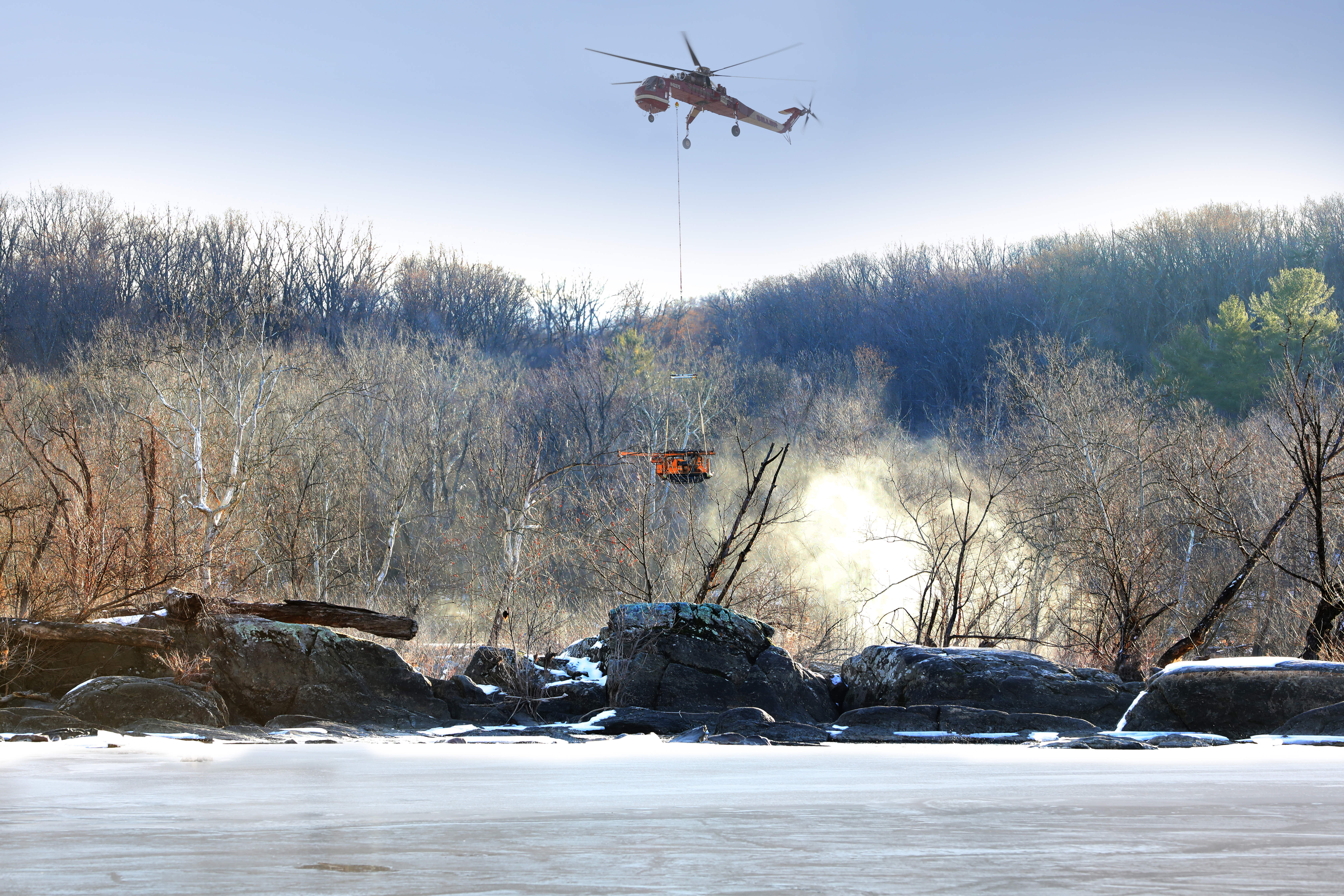DC Water is committed to replacing all lead water service lines across the District with copper pipe. This multi-year effort—called Lead Free DC (LFDC)—is a major investment in public health and infrastructure.
💰Total Estimated Program Costs: $1.8 Billion
- 2023: DC Water identified 42,000 lead and galvanized iron service lines needing replacement.
- Initial cost estimate: $1.5 billion.
- 2024 update: An additional 9,000 brass lines were added, raising the estimate by $300 million.
- Other cost increases came from updated permitting and construction estimates based on previous bids.
🛠️ Construction Cost Factors
- The number of customers who choose to participate
- Verification of service line materials at homes – suspected lead, suspected non-lead, or service lines with no information
- The actual number of lead service lines found and replaced
- Permitting and restoration requirements
- Inflation and unforeseen construction challenges
🔍 How Much Does One Replacement Cost?
In FY 2024, DC Water estimated the cost of a single lead service line replacement was $21,000, based on actual contractor bids and restoration costs including permitting fees, street traffic maintenance, road paving, and restoration of private property to pre-construction conditions. Inflation and the rising cost of labor and materials are factored in each year, and accounts for the increase in cost from FY 2023 of $20,000 to current cost estimates.
Many factors affect the actual program costs, and not all localities calculate the costs the same way, making city to city comparisons difficult. As an example, some utilities exclude restoration expenses, whereas DC Water includes restoration in its cost estimate, which accounts for 40% of replacement costs.
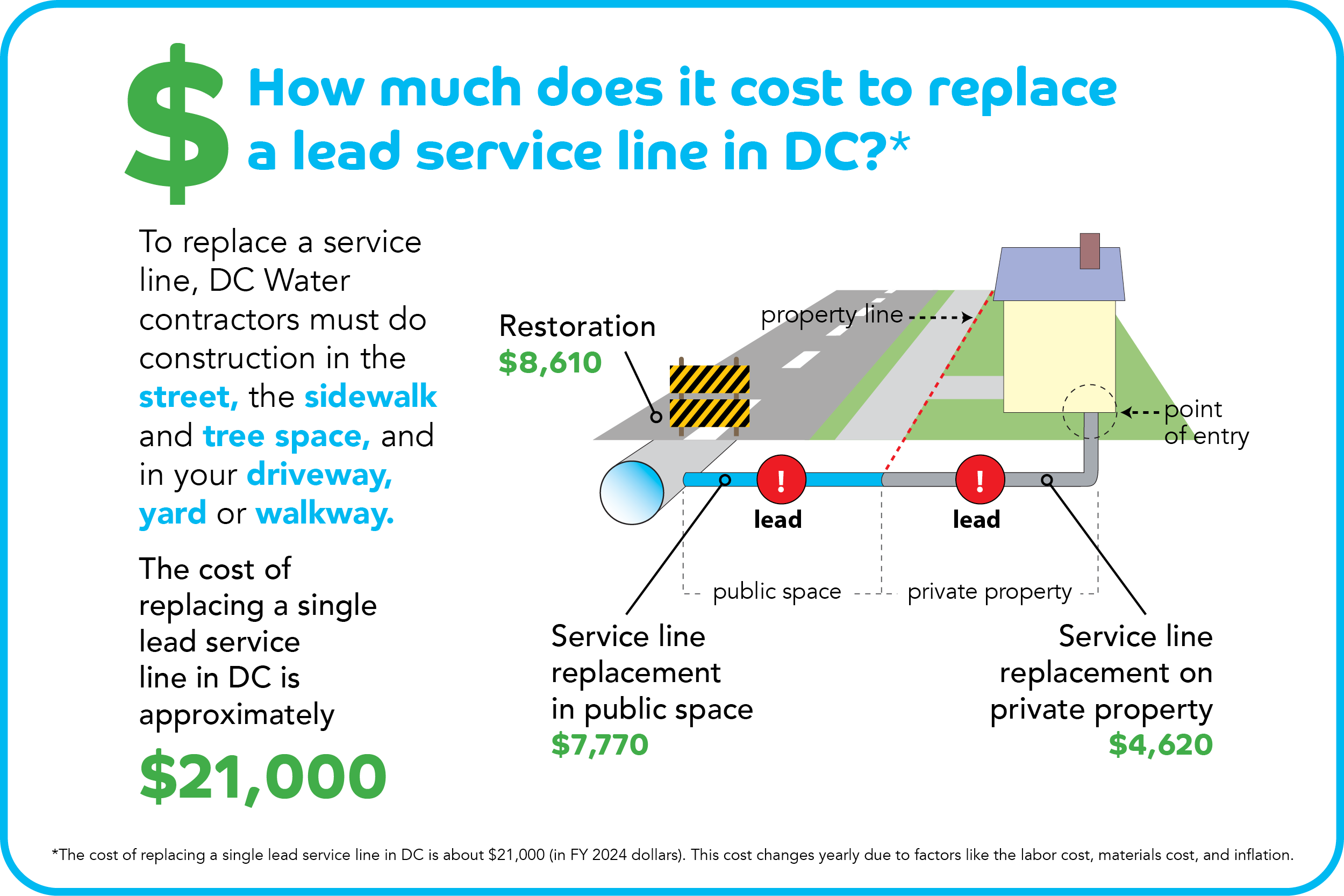
TYPE OF WORK |
2023 COST PER JOB |
2024 COST PER JOB |
| Full Replacement (Public + Private) | $20,000 | $21,000 |
| Private Side Only | $5,900 | $7,200 |
| Test Pit (to Identify Pipe Material) | $1,000 - $1,900 | $1,050 - $1,900 |
Cost of replacement on the public and private side together is based on figures from the block-by-block program where the volume of replacements brings average costs down. Private side replacements only include cost estimates for a single location.
🔍 What Are Test Pits?
- Test pit inspections help identify unverified service line materials.
- Crews dig down to the pipe to confirm the material.
- This step facilitates accurate planning before replacements begin.
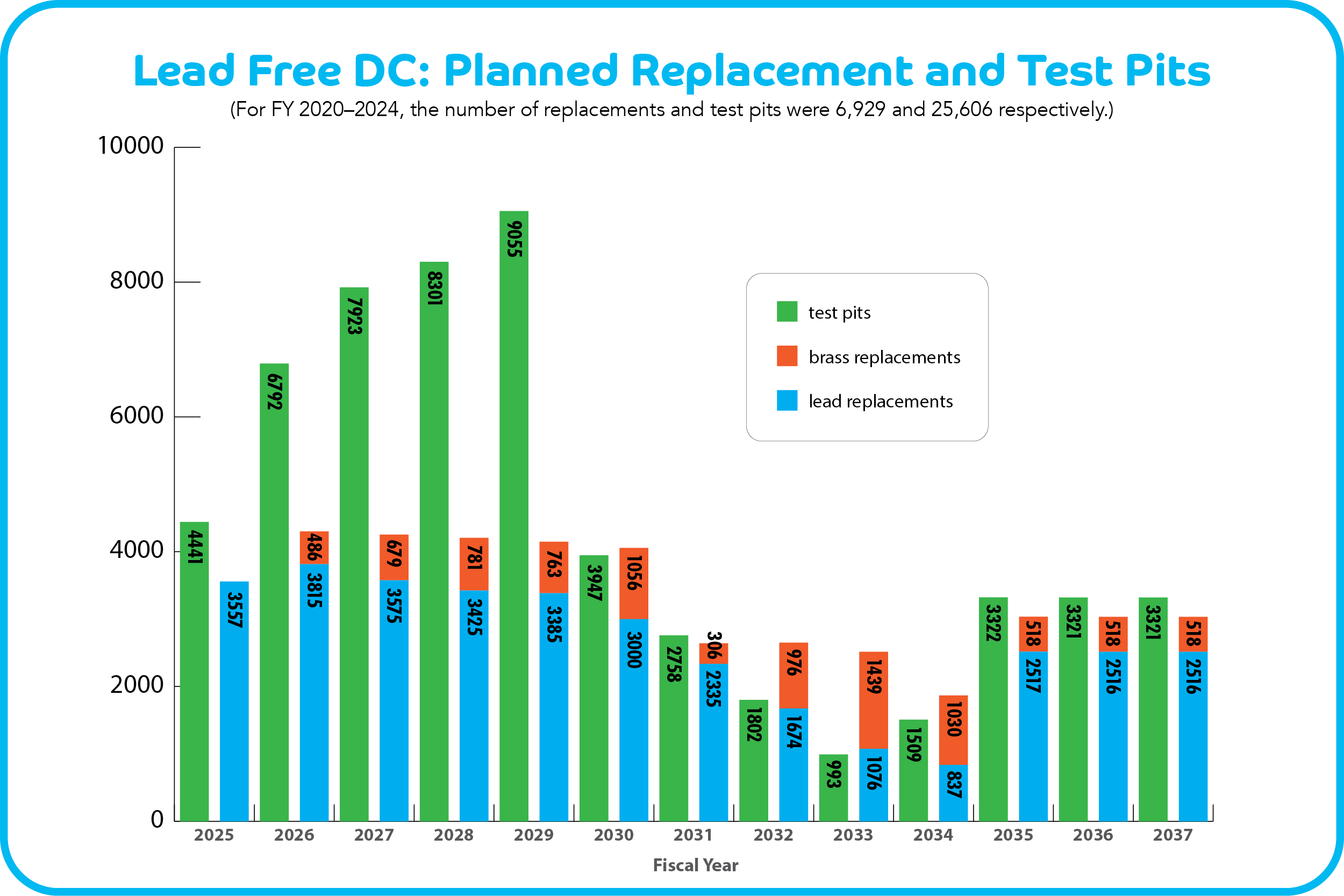
💰 Calculating the Cost
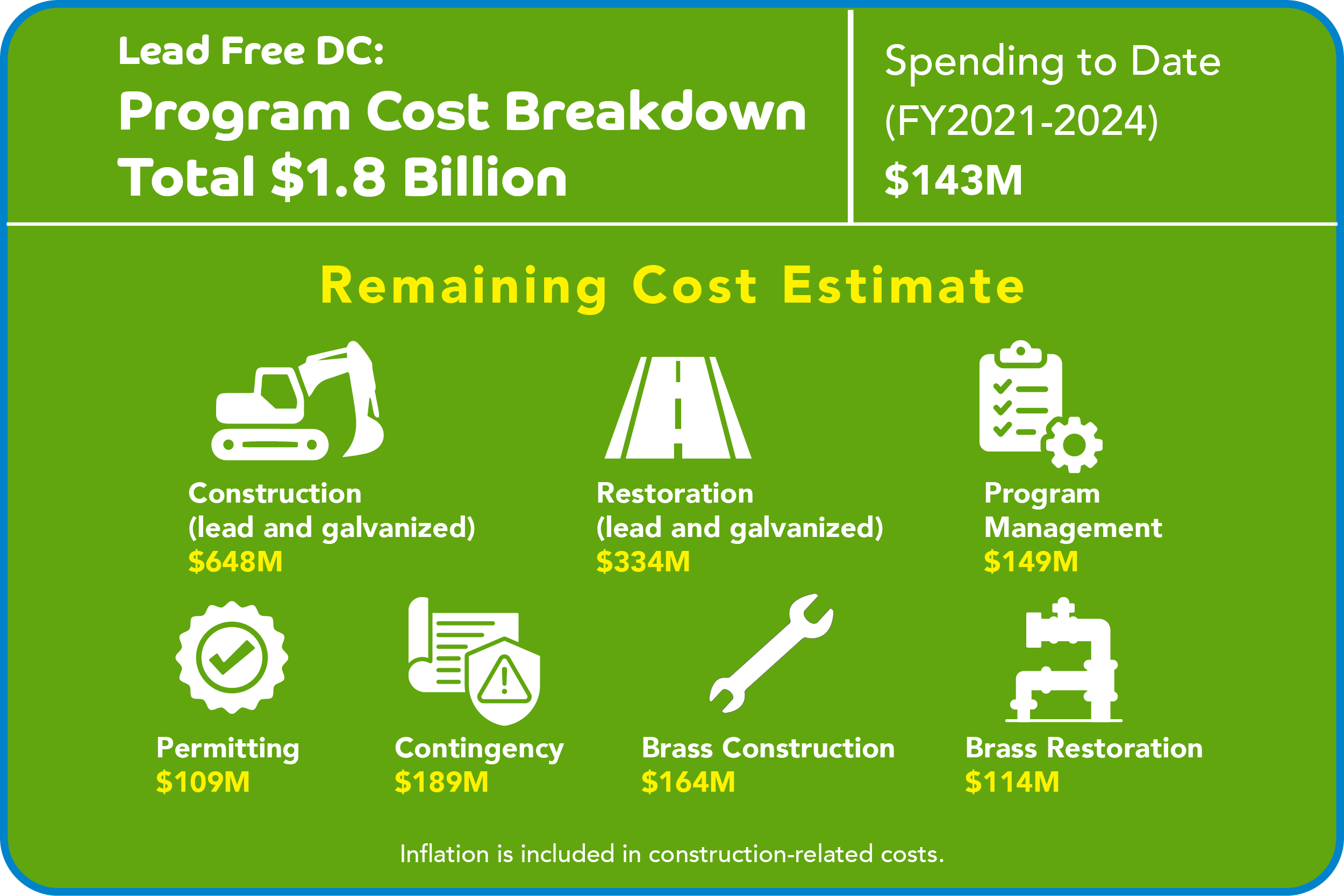
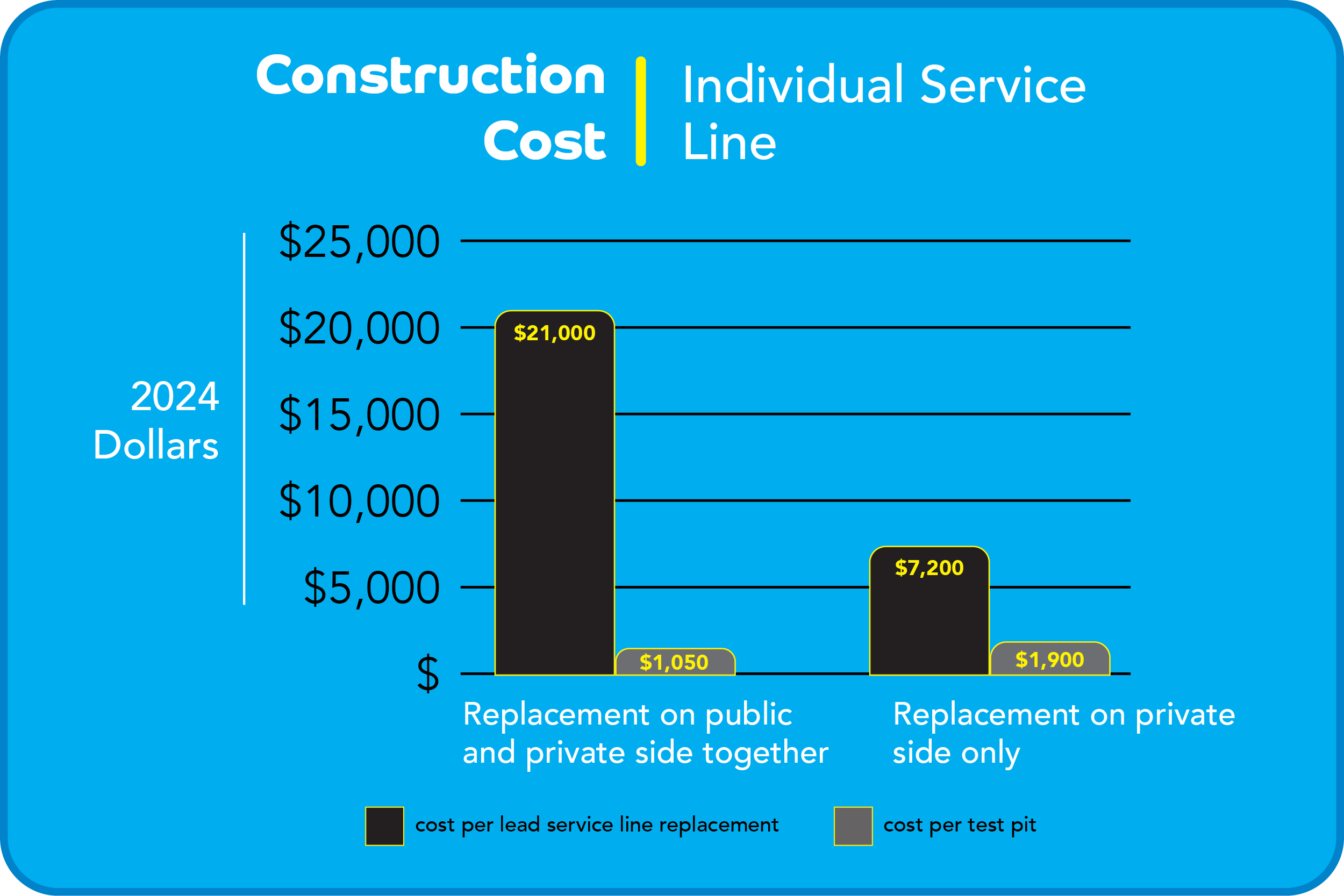
Construction Cost: The annual construction cost includes only the estimated cost of test pit investigations and the planned lead replacements for lead and galvanized service lines based on previous costs for service line replacements in the District over the past 7 years.
Restoration Cost (Lead & Galvanized Iron): The annual cost related to restoration after a lead or galvanized iron service line replacement, including street paving, traffic control, site security, and restoration of driveways, sidewalks, grass, and landscaping.
Contingency (on Annual Construction Costs): Contingencies are unforeseen costs that may be incurred in the future, such as labor shortages, unusual material price increases, weather-related delays, and other unexpected expenses. DC Water assumed a 10% contingency for FY 2025 and 20% each year after due to more unknown factors that may impact the program cost.
Program Management Fees: Program management fees include construction contractor oversight, program outreach, customer service, design, quality control, safety management, data management systems, and reporting.
Permitting Fees: Permit fees are required by the District Department of Transportation for roadwork and are based on an estimated fee of about $14,000 per block, with 8,300 blocks slated for test pits and replacements. The actual annual cost of permitting may be higher or lower than estimated and is based on the actual number of approved permits per year.
Brass Construction Cost: While federal regulations do not require the replacement of brass service lines, DC Water added brass lines to the replacement program where required by DC Law. There is no difference in construction costs to remove brass service lines. (See Construction Cost above for details).
Restoration Cost (Brass): The annual restoration costs associated with replacing brass service lines include the same work as restoration for lead service lines but are maintained as a separate category. (see Restoration Cost above for details)
Inflation (on Annual Construction Costs): Inflation includes the increase in costs of goods and services over time and is estimated to be 5% for each year of the LFDC Program. This can include construction materials and higher wages and labor costs.

